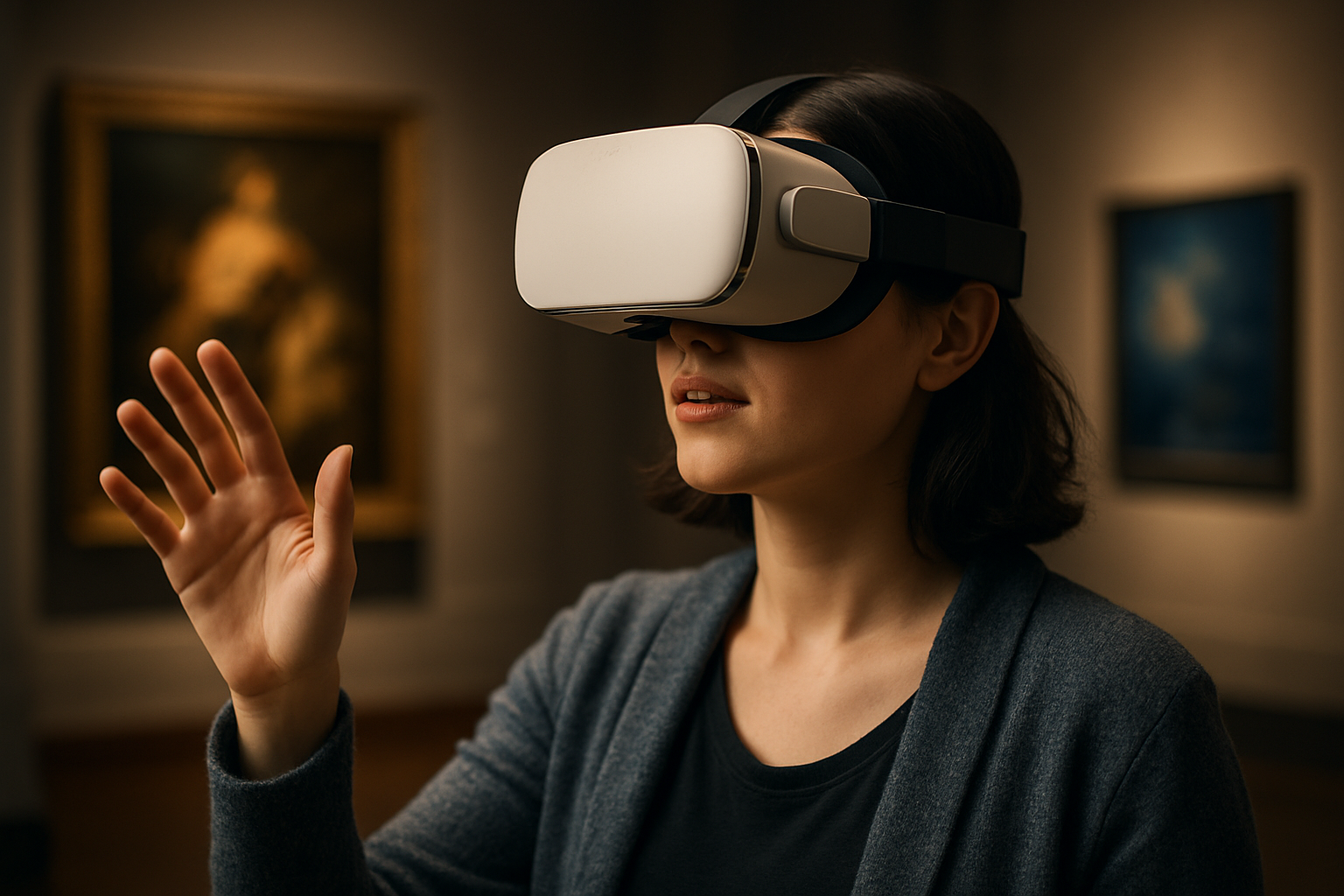Virtual Reality: Changing Landscape of Arts and Entertainment
Introduction: Breaking traditional barriers, Virtual Reality (VR) is transforming arts and entertainment, providing a new immersive experience. This article takes you through the journey of VR's advent, its current state, and the impact it has on our perception of art and entertainment.

A Glimpse into the Past: Advent of Virtual Reality
The concept of VR has existed since the 19th century. However, the term “Virtual Reality” was coined in the 1980s by Jaron Lanier, the founder of VPL Research. The initial concept of VR was mainly focused on gaming and simulations. However, it took nearly three decades for VR to find its footing in the mainstream arts and entertainment industry.
Virtual Reality Today: The New Wave of Entertainment
Today, VR has become a significant part of the entertainment industry. Movie studios, game developers, and artists are using VR technology to provide an immersive entertainment experience. VR allows audiences to not just observe but participate in the narrative, thereby enhancing their engagement. Well-known film festivals like Sundance and Tribeca now regularly feature VR experiences, signifying its growing importance in the industry.
Impact of VR on Artistic Expression
Virtual Reality has brought a paradigm shift in the way artists express their creativity. It allows artists to create immersive, three-dimensional works that can be explored and interacted with, breaking the constraints of a traditional two-dimensional canvas. This has led to the emergence of a new genre of art, known as VR Art.
The Reception and Significance of VR in Arts and Entertainment
The introduction of VR in arts and entertainment has been met with a mixed response. While some praise it for its potential to revolutionize the industry, others express concerns over its accessibility and the potential loss of traditional art forms. However, its significance cannot be undermined. It has opened up a new horizon of possibilities for artists and creators, pushing the boundaries of what can be achieved in the realm of arts and entertainment.
The Future of VR in Arts and Entertainment
The rapid advancement of VR technology indicates a promising future for its application in arts and entertainment. As technology becomes more affordable and accessible, it is likely that VR will become an integral part of the way we consume art and entertainment. It offers boundless possibilities for creators and audiences alike, opening the door to experiences that were once confined to the realms of imagination.
In conclusion, Virtual Reality has significantly transformed the landscape of arts and entertainment. It presents a new way to experience art, providing an immersive, interactive experience that goes beyond the traditional passive consumption of art. While it poses challenges in terms of accessibility and preservation of traditional art forms, its potential to revolutionize the industry is undeniable. It is exciting to see how VR will shape the future of arts and entertainment in the years to come.





